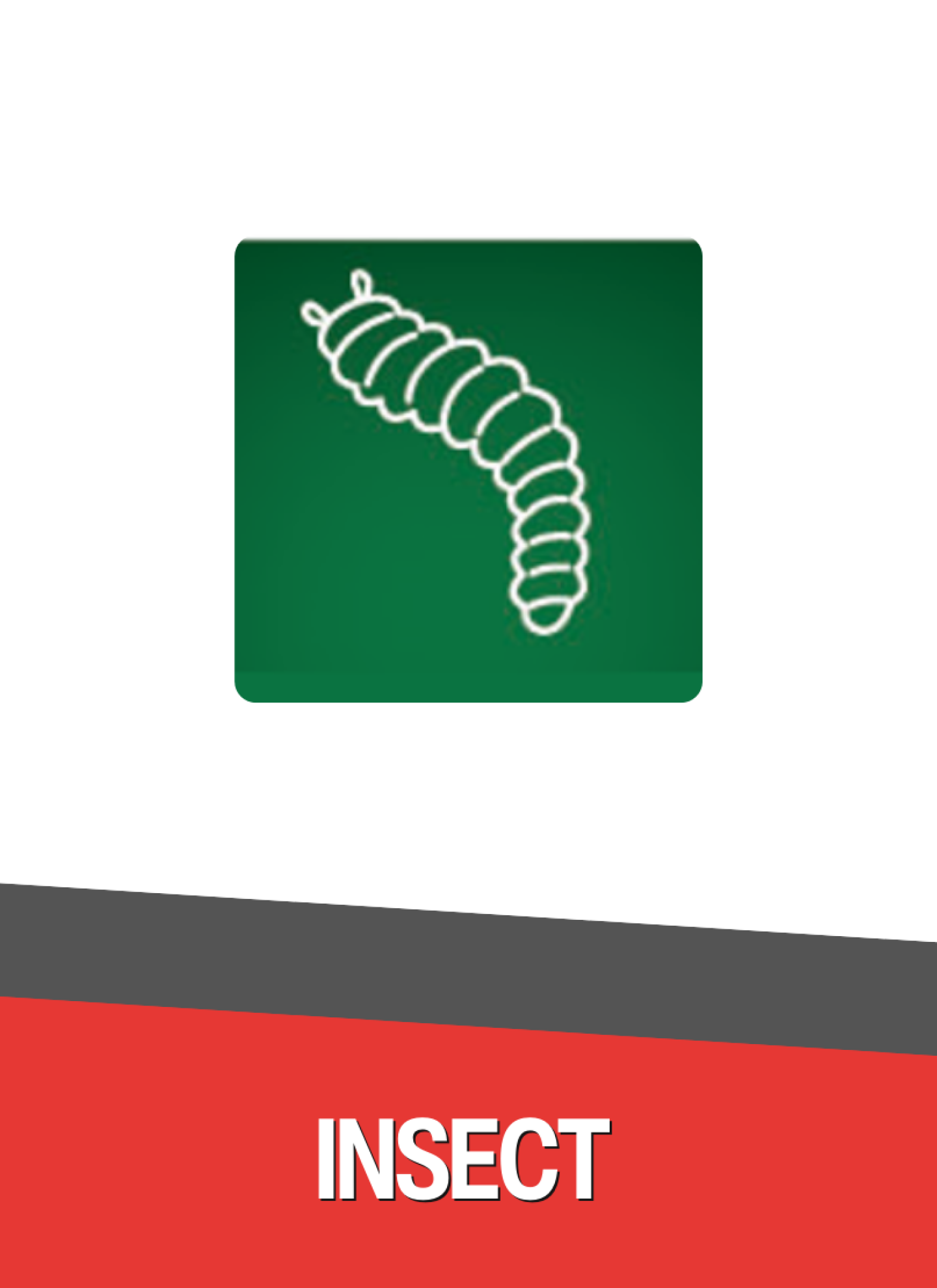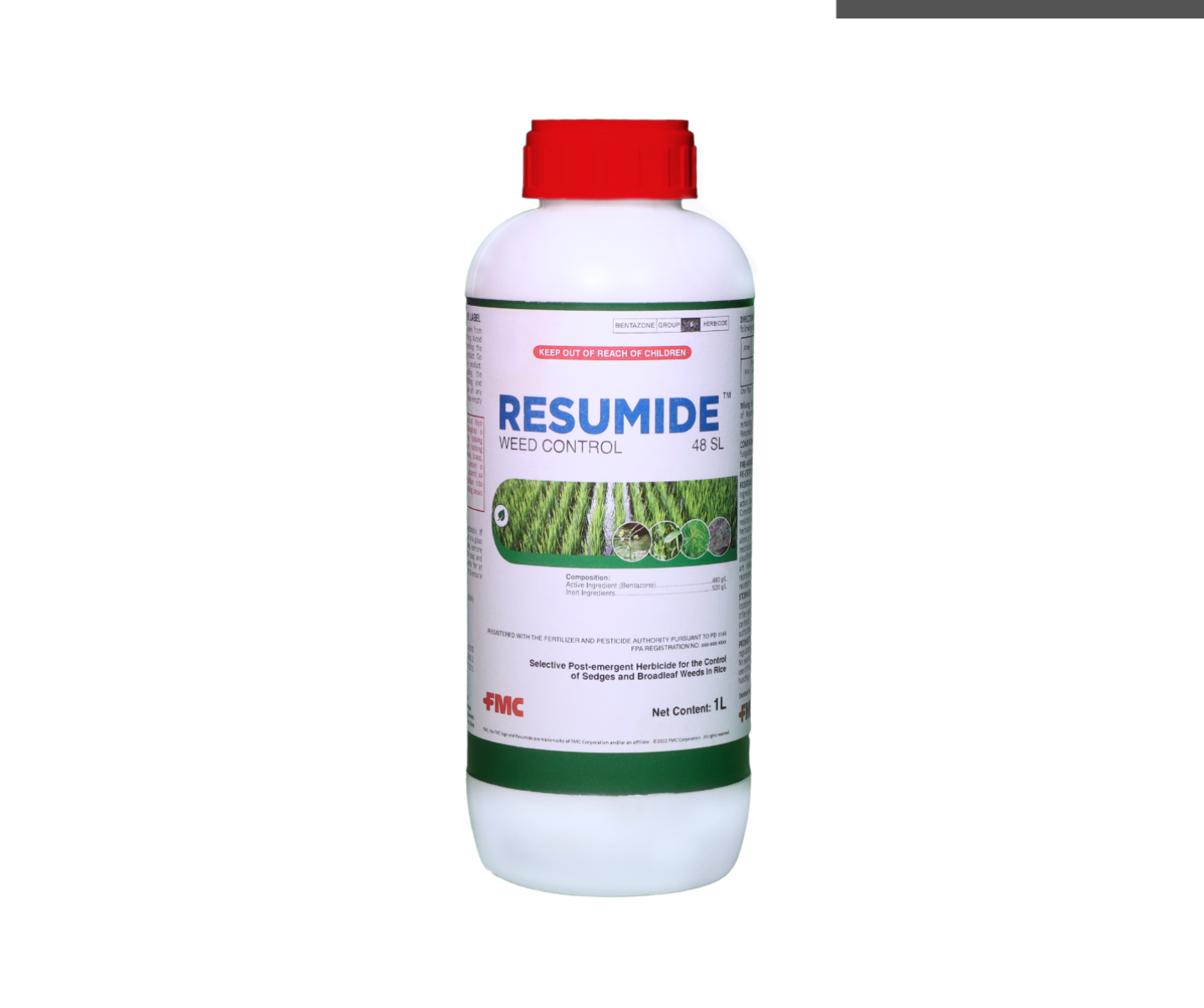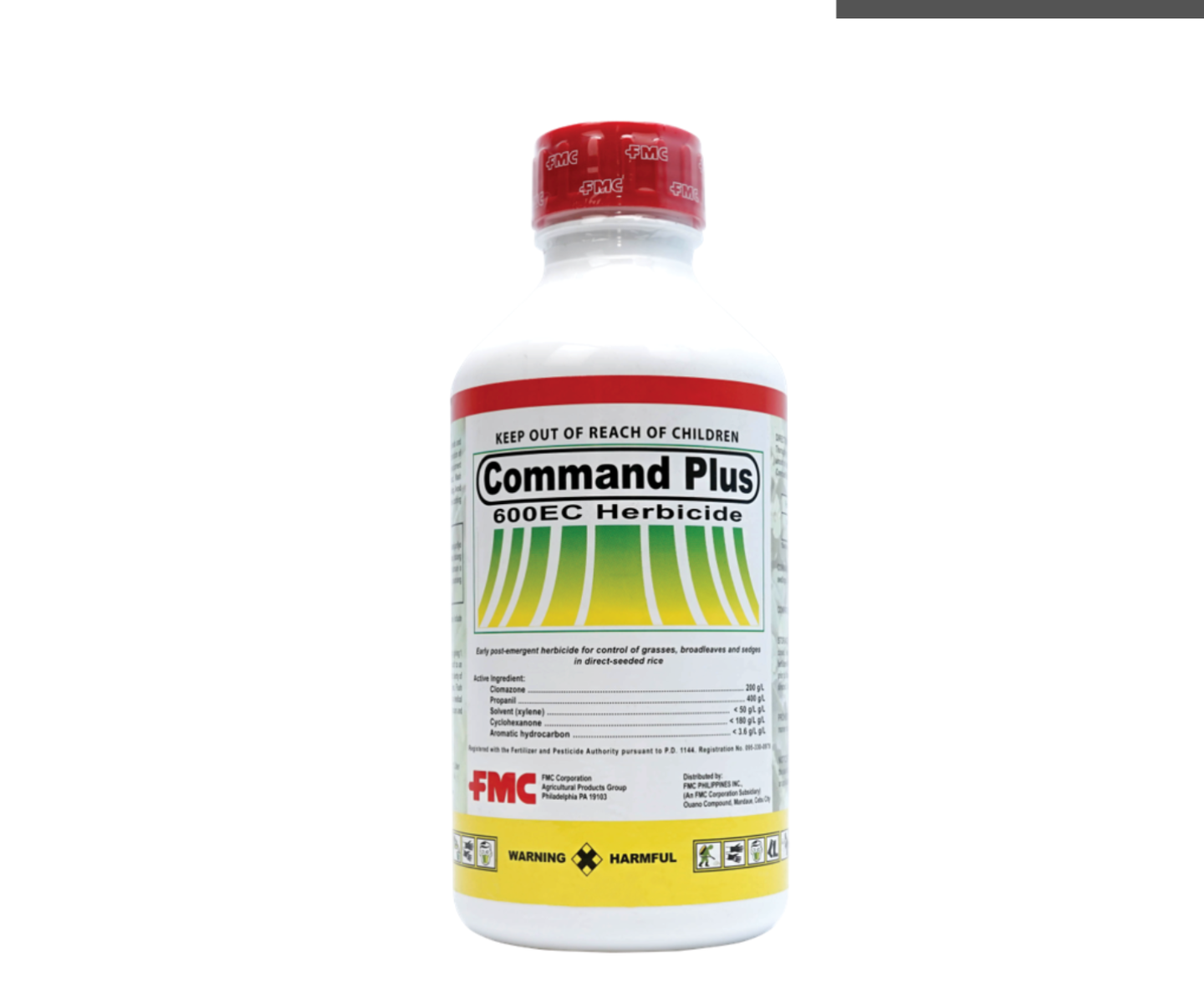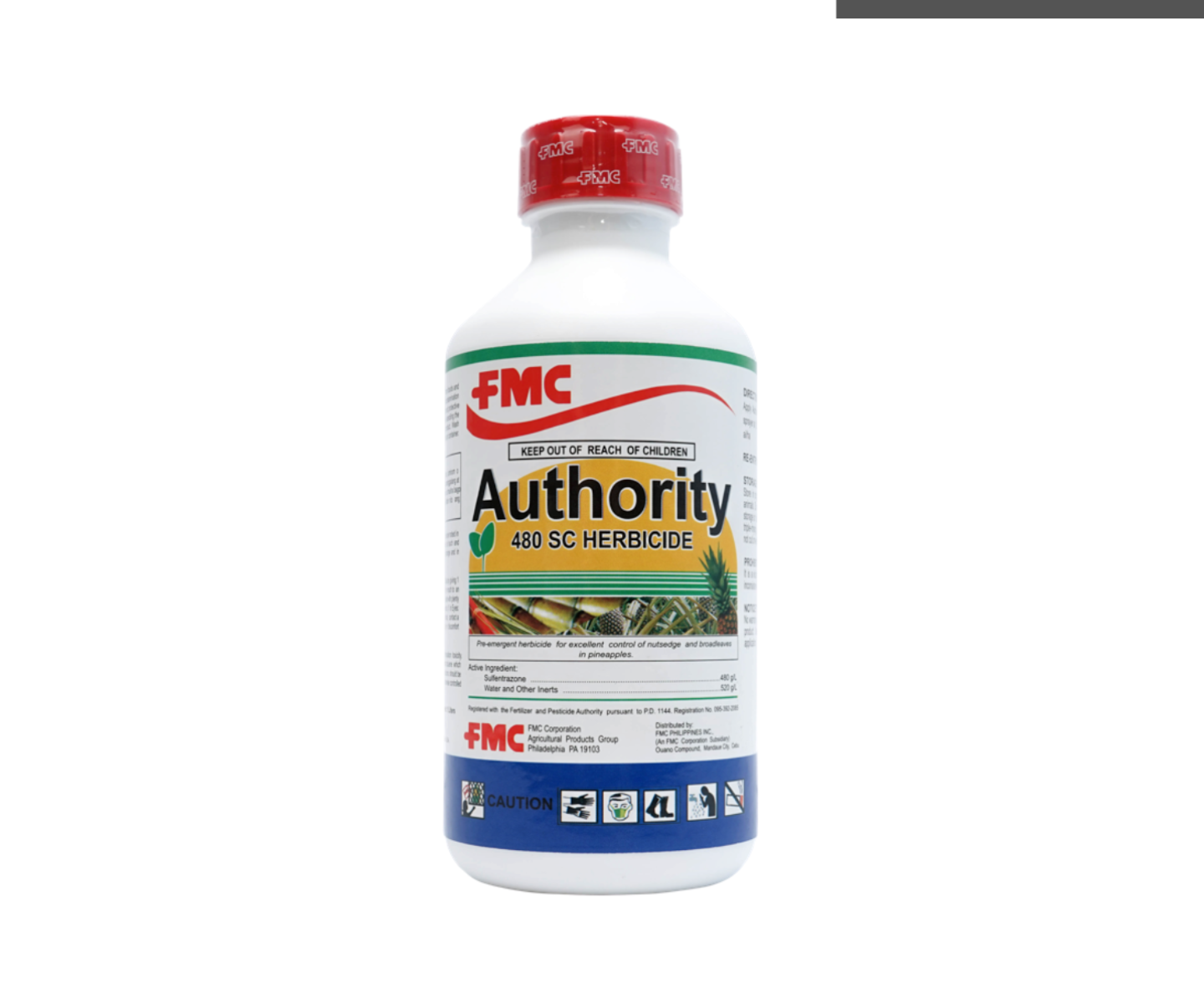Sedges
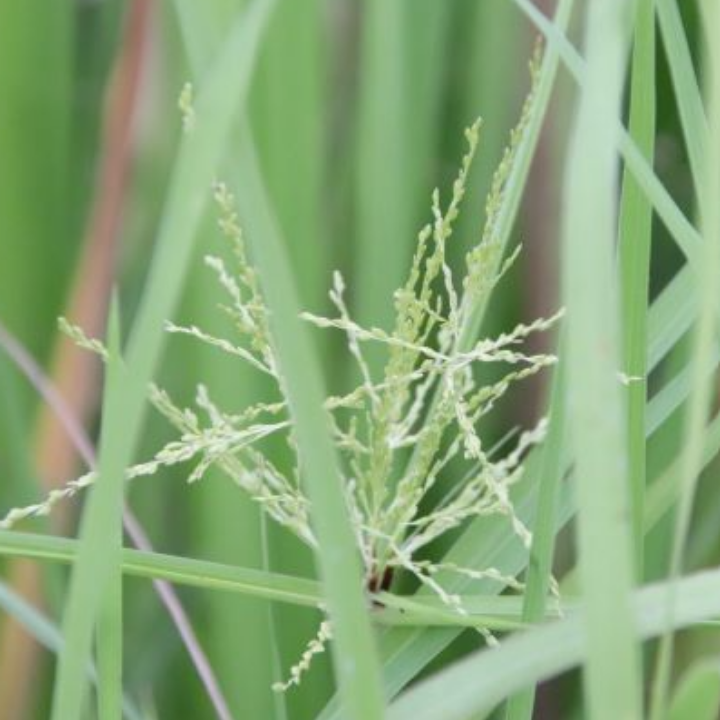
Sedges are very similar to grasses but have three ranked leaves. The stems are usually triangular and they won't possess nodes and internodes. Several species have modified rhizomes which are used for food storage and propagation.
What are the symptoms
Major weeds under sedges in the Philippines include the following:
√ Cyperus difformis is called small flower umbrella plant and locally known as balayang, ubod-ubod. It grows well in moist fertile soils and very common in lowland rice
√ Cyperus iria - Cyperus iria's common names are rice flatsedge or umbrella sedge and locally known as payung-payung, taga-taga and grows well in moist soils.
√ Cyperus rotundus is also known as purple nutsedge and locally known as mutha. It is a perennial plant and can be propagated thru seeds and its tubers
√ Fimbristylis miliacea is locally known as gumi, taulat and propagate thru seeds which can germinate immediately
Impact to the crop
Weeds are considered as one of the limiting factors in crop production as it:
√ Compete with crops: Nutrients, Water, Space, Sunlight (Yield reduction)
√ Increase cost of cultivation
√ Reduce crop quality and contaminate produce
√ Interfere with harvesting
√ Serve as an alternate host for pests & diseases
√ Allelopathy; production of chemicals toxic to crop plants, animals, or humans
How to Control
√ Mechanical control thru cultivation, uprooting and burying of weeds using mechanical tools
√ Physical control thru hand weeding
√ Cultural methods by thorough land preparation, appropriate plant spacing and good water management
√ Chemical control by the use of herbicides
